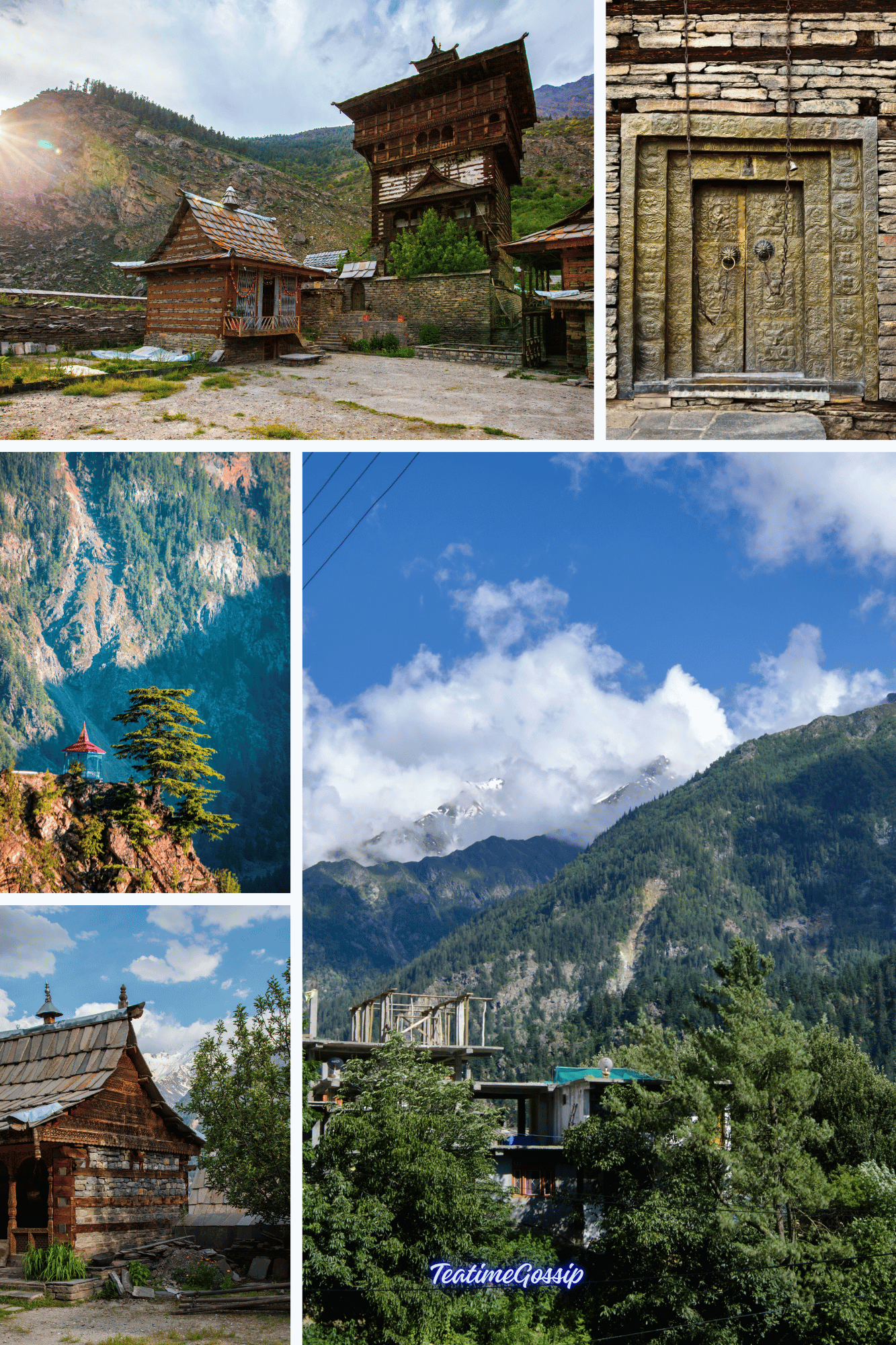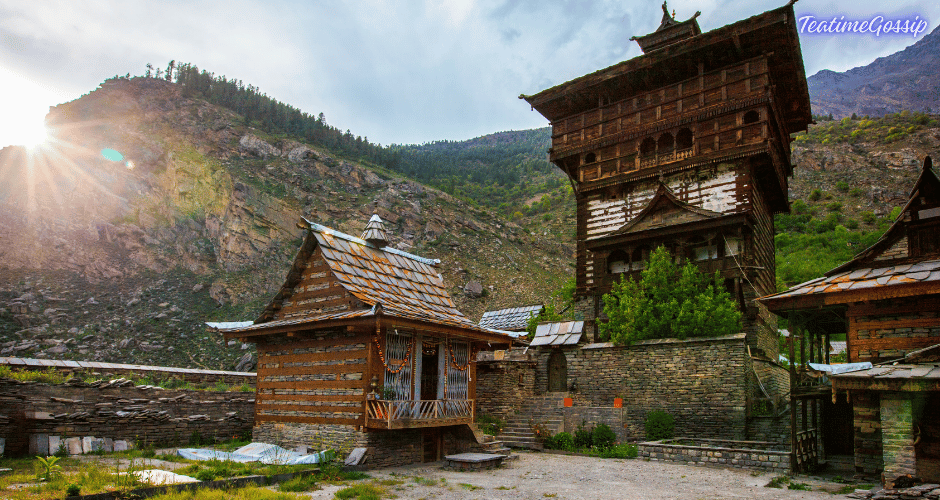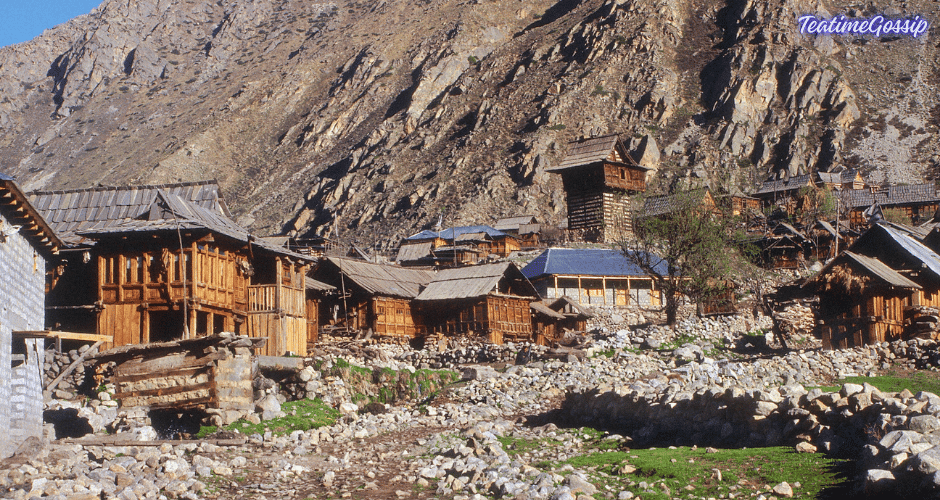Exploring Sangla Valley: A Hidden Gem in the Himalayas

Nestled in the Kinnaur district of Himachal Pradesh, India, Sangla Valley is a serene and picturesque destination that often goes unnoticed by mainstream tourists. Known for its lush green landscapes, snow-capped mountains, and the crystal-clear Baspa River, Sangla Valley is a paradise for nature lovers, adventure enthusiasts, and anyone looking to escape the hustle and bustle of city life. In this blog post, we will take you through the best of what Sangla Valley has to offer and why it should be on your travel bucket list.
1. The Natural Beauty of Sangla Valley
Sangla Valley, often referred to as one of the most beautiful valleys in India, is surrounded by majestic mountains and dense forests of pine and deodar trees. The valley stretches along the Baspa River, whose turquoise waters flow gracefully through the region, enhancing its charm. The valley’s breathtaking landscapes are complemented by vibrant apple orchards and lush green meadows, which make it a perfect destination for photographers and nature enthusiasts alike.
2. Best Time to Visit Sangla Valley
The best time to visit Sangla Valley is between April and June, and then from September to November. During these months, the weather is pleasant, and the valley is at its most vibrant. In spring and early summer, the valley is covered with blooming flowers and verdant greenery, while autumn brings a golden hue to the landscape. Winters can be harsh, with heavy snowfall that turns the valley into a white wonderland, making it difficult to access.

3. Top Attractions in Sangla Valley
- Kamru Fort: This ancient fort is one of the oldest and most historically significant structures in Sangla Valley. Perched on a hill, Kamru Fort offers panoramic views of the surrounding valley and mountains. The fort also houses a temple dedicated to Kamakhya Devi, reflecting the rich cultural heritage of the region.
- Baspa River: The lifeline of the valley, Baspa River is perfect for trout fishing, camping, and simply enjoying the serene atmosphere. Its pristine waters and surrounding landscape make it an ideal spot for picnics and leisure walks.
- Chitkul Village: Located at the end of the Sangla Valley, Chitkul is the last inhabited village near the Indo-Tibetan border. Known as the last village on the old Hindustan-Tibet trade route, Chitkul boasts stunning views of snow-covered peaks, charming wooden houses, and barley fields. The village is perfect for those looking to experience the traditional lifestyle of Kinnaur.
- Bering Nag Temple: This ancient temple is dedicated to Lord Jagas, the local deity of Sangla Valley. The temple is famous for its unique wooden architecture and intricate carvings, offering a glimpse into the spiritual life of the valley’s inhabitants.
- Sangla Meadows (Sangla Kanda): For those seeking solitude and breathtaking scenery, a hike to Sangla Meadows is a must. The meadows offer stunning views of the Kinner Kailash range and are perfect for trekking, camping, and experiencing the untouched beauty of the Himalayas.
4. Adventure Activities in Sangla Valley
Sangla Valley offers various adventure activities for thrill-seekers:
- Trekking: The valley is surrounded by numerous trekking trails that cater to all levels of hikers. Popular treks include the Sangla to Chitkul trek, which takes you through beautiful landscapes, rivers, and small villages.
- Camping: The riverside campsites in Sangla Valley provide a unique opportunity to connect with nature. Camping along the Baspa River, under a starry sky, with the sound of flowing water is an experience like no other.
- Rock Climbing and Rappelling: The rugged terrain of Sangla Valley is perfect for rock climbing and rappelling, offering an adrenaline rush for adventure enthusiasts.

5. Experiencing Local Culture and Cuisine
The culture of Sangla Valley is a blend of Hindu and Buddhist traditions, which is reflected in its temples, monasteries, and local festivals. The people of the valley are warm and welcoming, often dressed in traditional attire, adding to the valley’s charm.
Local cuisine in Sangla Valley includes dishes like “Chana Madra,” “Siddu,” and “Thukpa,” which are must-try delicacies. The food here is simple, yet flavorful, often made with locally sourced ingredients.
6. How to Reach Sangla Valley
- By Road: Sangla Valley is well connected by road. The nearest major town is Shimla, which is about 225 km away. You can hire a taxi or take a bus from Shimla to Sangla. The drive itself is an adventure, offering stunning views of the mountains and valleys.
- By Train: The nearest railway station is Kalka, about 350 km from Sangla. From Kalka, you can take a taxi or bus to reach the valley.
- By Air: The nearest airport is in Shimla, around 238 km from Sangla. From Shimla, you can hire a taxi to reach the valley.
Conclusion
Sangla Valley is a hidden gem waiting to be explored. Whether you’re seeking adventure, tranquility, or simply want to immerse yourself in nature, Sangla Valley offers it all. Its untouched beauty, rich culture, and welcoming locals make it a perfect destination for a memorable getaway. So, pack your bags and set off on an adventure to Sangla Valley – you won’t be disappointed!